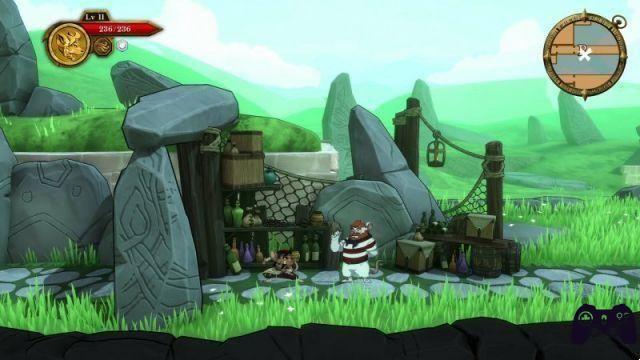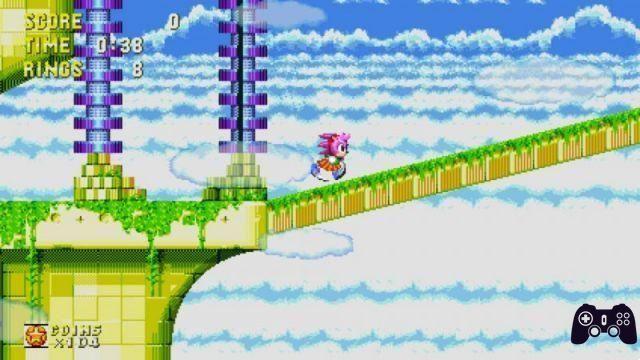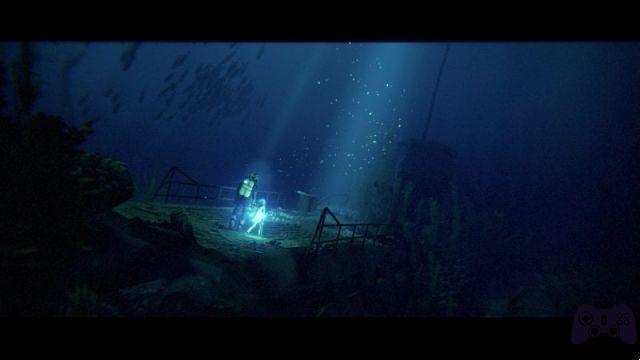The scheme planned by Frontier Development for Jurassic World Evolution is clear, and is also repeated in the second chapter in a very similar way to the progenitor, although with less emphasis: the idea is to propose a good base in terms of structure and gameplay and then enrich the content through a fairly constant supply of DLC. The issue is less evident in the sequel, which in any case starts from an already quite complete initial form, but it emerges clearly, in the long run, also in this case, as we see in this Description of Jurassic World Evolution 2: Prehistoric Marine Species Pack.
Although the aquatic biome and its creatures were included quite clearly in the game's marketing, curiously these aspects were barely touched on in the original content, which already makes us suspect that the solution to the "lagoon gap" could come through a Paid DLC.
And so it was, according to what is today a kind of consolidated modus operandi of Frontier Developments with its simulations, as is also understandable in such multifaceted and broad titles. It must also be said that this Prehistoric Marine Species Pack is offered at a really affordable price (€7,99), making it difficult to attack it as a greedy commercial operation.
Marine species
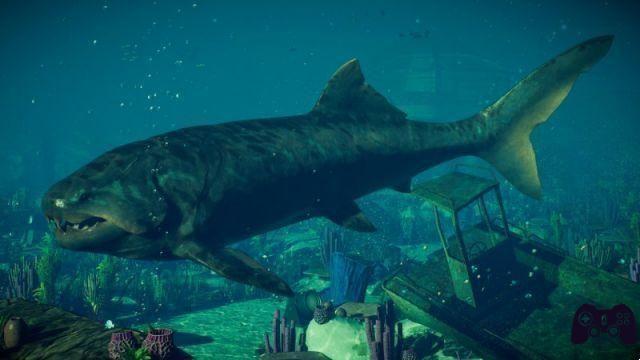
Given the space dedicated to the aquatic parts also in the promotion of Jurassic World Evolution 2, it is strange that it took almost two years to have a dedicated expansion, after seeing some limitation in this area in the main game. Evidently, processing them took longer than expected, or Frontier simply rated them lower priority than others to add them to the game's now large dinosaur park. In any case, the new creatures They appear decidedly accurate as careful reconstructions of the original animals, from the tiny Nothosaurus to the gigantic Shonisaurus. The new species do not point so much to the spectacular nature of the Mosasaurus, already present in the basic game, but rather represent an important complement to the aquatic fauna to enrich the lagoons, until now used mainly to accommodate the aforementioned colossal marine dinosaur. , who however may have gotten tired by now.
The four creatures are not many, but they are varied enough among themselves that they all find space within the park as beautiful varieties to show to the public. The choice is really interesting: we find the Archelon, a species of ancestor of the modern turtle but of gigantic dimensions.
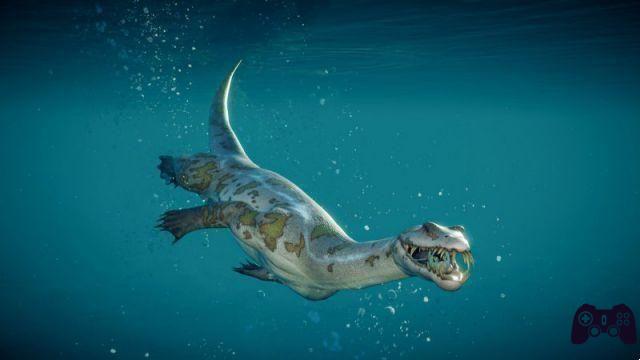
The Nothosaurus is quite small but somewhat disturbing given its proximity to crocodiles, which were made famous especially by the Netflix series Jurassic World - New Adventures. The Dunkleosteus is another creature well known to fans, and is a species of large armored fish with a decidedly menacing appearance, while the Shonisaurus is perhaps the strangest and most spectacular species present in this package, capable of reaching dimensions close to the Mosasaurus but with a truly particular and less known appearance compared to its enormous marine counterpart.
News in the lagoon

There isn't much beyond the four new creatures in the DLC, except for some small changes that expand the possibilities of building and managing the lagoons within the parks, although these are very marginal elements. The most interesting introduction is the new one. stone platform which can be built within bodies of water, thus creating islands in which some reptiles can find space to rest and stay out of the water for a time. These are elements that help vary the appearance of these areas, with the possibility of creating breaking points with respect to the aquatic surface and thus allow Archelon and Nothosaurus to come out of the water and position themselves a little in the air, making themselves visible more clearly. also to the park public. It is not a big change and it does not change much the lack of customization that characterizes the aquatic areas of the parks.
Unfortunately, loopholes remain an underused element in Jurassic World Evolution 2, despite having considerable potential. With the possibility of now housing a good number of different species and the excellent graphic creation that characterizes these parts of the parks, it would have been appreciated to have had greater control over the management of the marine areas, perhaps with a greater number of decorations. Available among the seabed, landscape and flora elements to add.
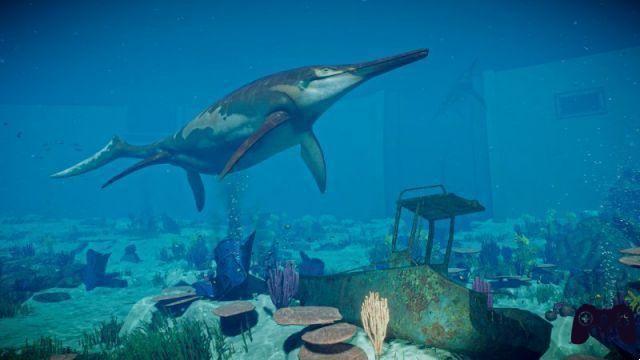
Instead, it must be said that the general appearance of the lagoons remains practically unchanged even after the arrival of this DLC, which could have represented a more incisive addition to the overall economy of the parks.
Given Frontier's track record, the affordable price of this pack made it difficult to expect a lot of content, and ultimately, this Prehistoric Marine Species Pack offers a mass of extras commensurate with the expense. Basically it is 7,99 euros for four new marine species of remarkable quality and an additional decorative element for the lagoons, the estimate of which depends a lot on how attached we are to Jurassic World Evolution 2.importance of this package The overall economy of the game must also be evaluated in terms of the chronic shortage of dinosaurs that has characterized the game's bodies of water until now, making the proposed additions practically indispensable for serious enthusiasts, but perhaps marginal for those who They are less involved. Overall, it is still interesting content to complete the game experience.
Conclusions
Tested version Xbox Series X digital delivery Steam, playstation store, Xbox StoreHolygamerz.com
Readers (2)
8.8
your vote
PRO
- The four new species are built with great care.
- The gaps were in dire need of some expansions.
AGAINST
- Unfortunately, the management of aquatic areas remains "deficiencies"
- No narrative element of weight or substantial innovation is introduced.




